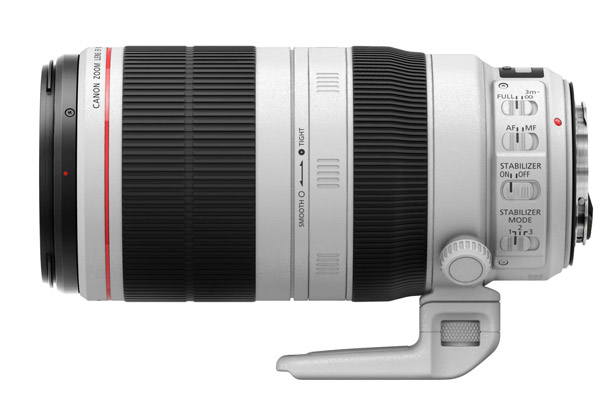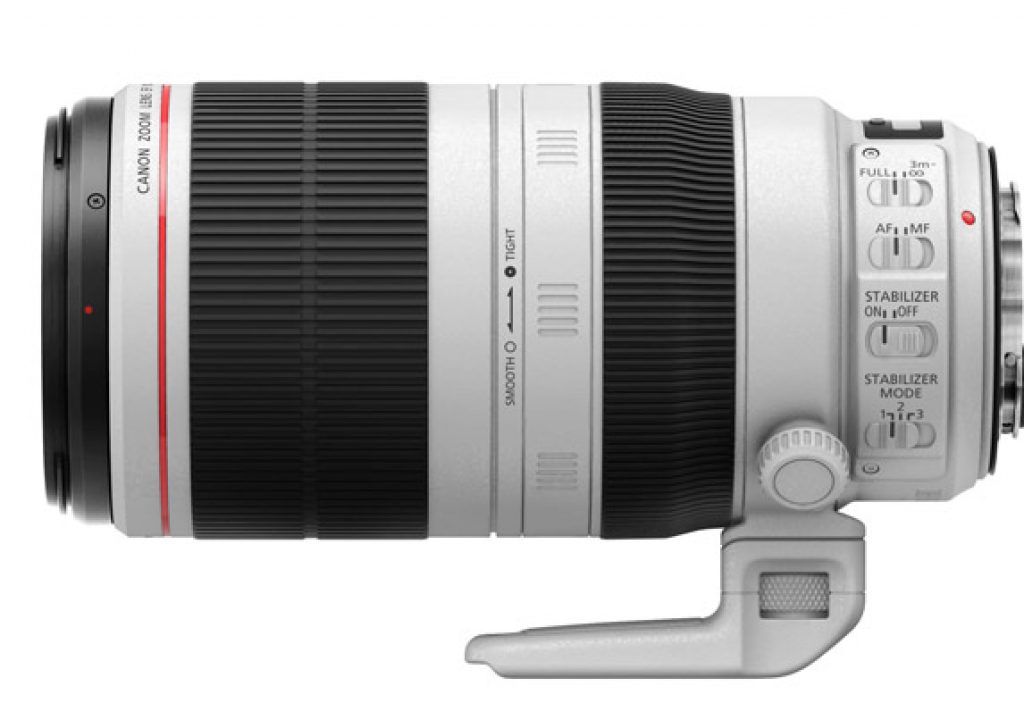
For 16 years Canon kept people waiting for their new 100-400mm lens. There is an explanation for the long period of waiting: the “old” Canon EF 100-400mm f/4.5-5.6L IS USM was/is so good that photographers kept buying it. And still do, although the new lens, EF 100-400mm f/4.5-5.6L IS II USM (Mark II some call it…), is a seductive piece of technology you hardly can resist. For photography and video.
Right after receiving the lens I created a small video to show what can be done with it. The video goes directly to the point I think is more important for me. Since then I’ve done some more photography and video and I know even more about the choice I made, which makes me completely happy: this is what I needed. It’s that experience I want to share with you.
I bought the lens when my old 100-400mm broke, and had to be sent back to repair. I could not think of being without my trusty 100-400mm for weeks and there was no other lens I would consider to substitute it, even if some independent brands show longer focal lengths. As far as I know, nothing beats the 100-400mm and nothing beats this new 100-400mm. In fact, there is no other lens that can do what this new lens does.
Don’t believe me? Well, then let me tell you exactly why I bought this lens. Others will tell you it is for wildlife and sports, I will agree with that, but have my own ideas about the reasons that led me to have two 100-400mm since the lens was launched. And now I am also the owner of a new EF 100-400mm f/4.5-5.6L IS II USM, although my old EF 100-400mm f/4.5-5.6L IS USM, already back from the repair shop, is still usable.
I’ve used the 100-400 lens for almost everything, from landscapes to air shows, which I covered for almost a decade. I’ve done wildlife, where I love the framing possibilities of this fast zoom. I remember, while in a safari in Africa everybody fighting with their primes while I could simply zoom to what framing was best for each situation. No wonder photographers as George Lepp consider this to be the best lens a wildlife and nature photographer can have. I completely agree.
Framing with the old (1.8 mts) and new (0,98 mts) EF 100-400mm (Move the cursor over to see the other image)
I’ve also used the old 100-400mm for flowers. Yes FLOWERS! Whenever I show my photographs, people immediately think of MACRO, in a Pavlovian way that amuses me. Because I rarely use Macro lenses for my flower photography, even if I own three macro lenses, from the old 100mm macro (no IS, no USM, just a noise of gears moving) to the new 100mm with all bells and whistles you could wish to have in a macro lens. When, a couple of years ago, I published my eBook The Best Secrets of Flower Photography, I wrote that “when I go out to photograph flowers, the first lens I pick up is my trusty 100-400mm. It is already falling apart, this is the second lens of this type I own, but I simply love the results.”
So, with my lens going away, be repaired, and aware of the features of the new lens, I had a good excuse to break my bank account and buy the new lens. Why? Because my flower photography is only going to get better, as I’ve already discovered. This is one of those rare occasions when buying new gear really can improve your photography.
There are many reasons to buy the new lens: better Image Stabilization, better technology, a zoom design that appeals to many, although I am not sure, now, the “pump” system from the old is not somehow better for fast action photography. Time will tell. But for me there is one very important reason to buy this lens: it halves the distance I can work from my subject. Yes, Canon managed to make the new 100-400mm focus at 98 cm instead of 180 cm, meaning subjects with this lens become about 50% bigger on my image. No other lens in the market offers this. The magnification of 0,31x achieved takes us into the realm of “close up” photography, and that’s an extra bonus for my flower photography. Meaning I now can focus at 98 cm with a lens that on my APS-C sensor works like a 160-640mm. GREAT!
Move the cursor over the image to see the whole frame from where this section was taken
This applies to both photography and video, and in the case of video, as shown in the small video I created, there is an extra option that is also interesting. Using, in video, the digital zoom on my EOS 600D/Rebel 3Ti, I can multiply the 640mm by a factor of 3x to 10x, for an impressive reach. Although 10x is seductive, I find that 3x is enough, usable, and gives me a “MACRO” look when I need it.
One interesting aspect of this feature is that I tend to use less and less a macro lens. In fact, many times we use a macro lens we’re not using it as a MACRO (or 1:1), because that only happens when you’re focusing at the closest focusing distance of the lens, meaning many times we will use a macro to create images that are 1/3 of their real size. Well, that’s what the 100-400mm offers me now. So, my macro lens might stay home for most of the time now. Or I’ll just carry the small EF-S 60mm f/2.8, that works well with my APS-C sensor.
Very small subjects, like insects, still need some kind of macro lens for close to life reproduction, but for many small flower specimens that until now I would not photograph, this new lens opens new opportunities. And because it can focus so close, it also works better for insects, as the images published demonstrate.
To better explain what I mean, look at the picture of a flying bee shot at 1/640 at f/6.3, 400 ISO, at 400mm. The choice of f/6.3 as aperture is a compromise – due to light and wind and the existing conditions -, and it means that not much of the bee is in focus, but whatever is in focus is tack sharp, I dare to say “macro like” but done with the longer side of a long lens. Amazing, no doubt. This is just a section of the frame, cropped here to show you the detail achievable. On the spider picture (above) you can see the whole frame and the section used (move the mouse over the image to see the whole frame). It is still amazing, I believe. The other images published, especially those of flowers, show you how close you can go and the kind of framing you can achieve.
This Spring I’ll be even closer to the flowers I photograph, and I can photograph smaller flowers with a lens type I’ve used for most of my photography. I’ve always loved the perspective achieved with long lenses and close subjects. Now imagine what I can do with the new 100-400mm!
A final note: I’ve left aside the technical information about the lens, all the new features it offers and the marketing blurb from Canon. You’ll find that – and more – elsewhere. Here I wanted to describe my own experience with the lens and the reasons that have made me use the previous model for 16 years as my preferred lens and why I am so happy with the decision to buy the new model.

